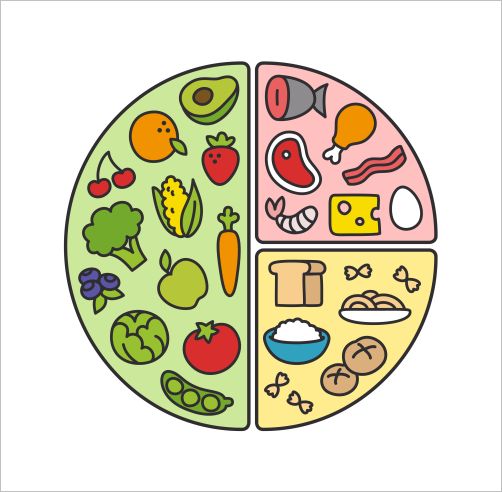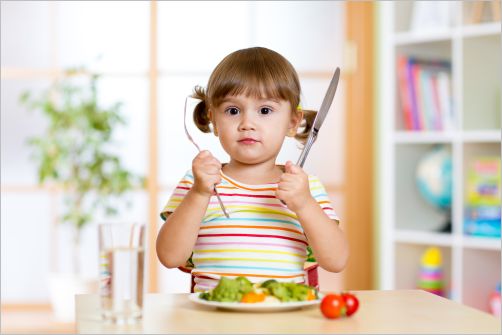Toddler Nutrition
Toddler nutrition is a topic we’ve spent a lot of time talking about. And there’s a good reason. A well-fed toddler is a happy, healthy toddler. Toddlers whose parents provide solid nutritive foods regularly—and junk food only on rare occasions—are toddlers who have been given the opportunity to learn and develop at their highest potential.
Toddlers-Are-Fun is a wonderful resource for healthy toddler recipes and healthy toddler snack ideas. As I’ve said elsewhere, good healthy food is not only important for your child’s growing body now; it’s also important because toddler habits set the stage for all the rest of your child’s life.

The Basics of Toddler Nutrition
What is the basic of toddler nutrition? Feed your toddler a healthy, balanced diet that includes all the major food groups: grains, vegetables, fruits, meats, dairy, and fat. Strive for fresh, barely-processed food whenever possible, and don’t let him get used to high-sugar, high-fat, or high-salt foods like Frosted O’s, donuts, and potato chips.
Your Toddler’s Daily Nutritional Needs
Your toddler probably won’t eat a full-sized serving at the table, and that’s all right: although calorie needs depend on size and activity level, most toddlers only need about 1,400 calories a day. How should they get these calories? MyPlate recommends that every day, your 2 year old child gets:
• 3 ounces grains and cereal: That is to say, three slices of bread; or a slice of bread, a cup of breakfast cereal, and ½ cup boiled rice. About half of this grain intake should, ideally, be whole grains.
• 1 cup vegetables: Things like boiled peas and carrots, broccoli, or cucumber-and-tomato salad. Lightly cooked vegetables are often easier for toddlers to eat than raw vegetables are.
• 1 cup fruit: This can be one banana, one apple, or an orange.
• 2 cups milk or dairy products: This can include yogurt and cheese: 1 ½ ounces of natural unprocessed cheese is equivalent to 1 cup of milk. Toddlers should always be given full-cream milk and yogurt when possible; never non-fat.
• 2 ounces of meat or fish: You can also substitute an egg for 1 ounce of meat, or ¼ cup dry beans (which you serve cooked)

Your child should also be getting a small amount of fat every day; but a minimal amount used in cooking usually provides that. Sugar should be given as sparingly as possible.
For a three year old toddler, the recommendations increase slightly, though the pattern remains the same:
• Grains: 4 to 5 ounces
• Vegetables: 1 ½ cups
• Fruit: 1 cup
• Milk: 2 cups
• Meat: 3 to 4 ounces
This doesn’t mean that everything your toddler eats needs to be weighed and measured. You may want to measure his portion sizes for a few days, though, to give yourself an approximate baseline so that you can make sure you are providing him with all the nutrition he needs.
You should be aware that fruit juice is nice for a treat, but it doesn’t provide the full nutritive value of fruit and also contains more sugar than your toddler needs on a regular basis. It’s best to keep the sippy cup filled with water between meals. Your toddler needs pure clean water for system cleanup, and keeping the extra sugar out of your toddler’s diet means he’ll be hungrier when it comes time for the nutritious meals you’ve prepared.
Click here to return from Toddler Nutrition to Toddler and the Kitchen
New! Comments
Have your say about what you just read! Leave me a comment in the box below.